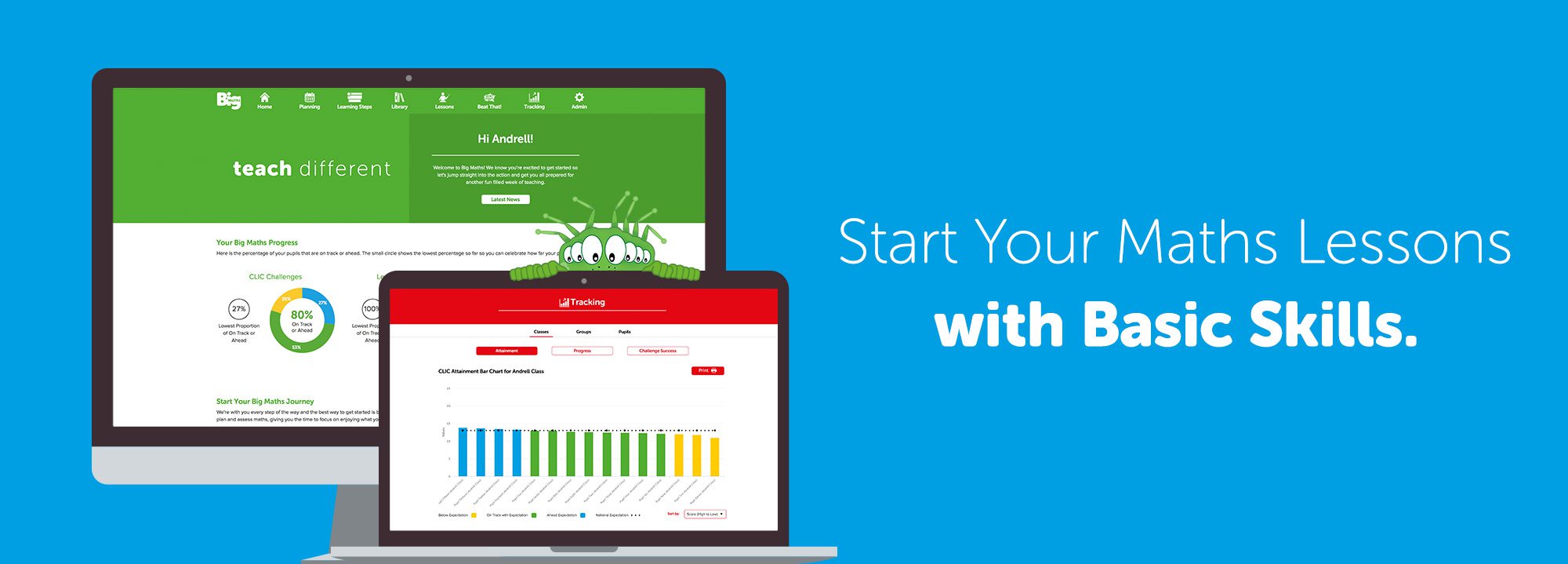The CLT-Driven Curriculum
The implications of CLT (Cognitive Load Theory) for teachers are becoming well-established. However, the end result for busy teachers can end up looking like a list of ‘tips for teachers’:
- ‘remember not to have unnecessary animations in your powerpoint slides’,
- ‘remember to wait in silence while learners are processing new information before talking again’ etc.
This would be a serious watering down of the extensive research that has gone into CLT and the profound implications for teachers that have come out of that research. So, can CLT actually transform teaching in the way that it promises, and, if so, how?
We would argue that there are two dimensions to CLT. Both need to be at the foundation of teaching if CLT is to realise its enormous potential in classrooms. The first dimension is that teaching is most effective when we present new material to learners in small parts. We neither overload nor underload the brain’s WM (Working Memory). ‘Getting the load right’ has to come way before the concerns regarding managing extraneous load (such as not over-decorating PowerPoint slides). Indeed, without matching the learner to the precise point in the curriculum learning journey first, the concerns/tips regarding how not to overload the WM become erroneous.
The second dimension is that CLT needs to be the driver of curriculum design. Only then can CLT become a transformational and embedded part of classroom culture. Basic logic tells us that a single, isolated teacher is somewhat limited in their implementation of CLT. There needs to be a whole-school, systematic approach; a curriculum designed entirely around the principles of CLT. What would that look like? Here are 5 key features of a CLT-driven curriculum design:
i) Curriculum Content Detail
Firstly, the breaking down of the learning journey into small parts needs to happen just once, from start to finish! This should take account of the learners’ typical domain-specific journey to fluency in a well-thought-out manner to ensure that all of the detailed minutiae are in place at the design stage. Teachers (and schools) should never need to deconstruct the curriculum for themselves! This detail should be immediately accessible (i.e. in an online digital format) to reduce teachers’ workload. This curriculum separates Basic Skills and Wider Maths Skills to allow prioritisation of the Basic Skills learning journey which then informs the timing of the Wider Maths learning journey. This curriculum understands that constructing schemas transcends year groups. Where schemas connect to each other, the curriculum chronology must ensure learners ‘turn up’ to lessons with the pre-requisite background knowledge. Following this learning journey prevents the crippling inefficiency experienced when teachers constantly search for, and perhaps suddenly find, learning gaps.
ii) The Expected Journey
Secondly, running through this curriculum journey there must be a timeline that describes a minimum, yet high, expectation for all learners (without a relevant learning difficulty) to acquire basic skills. This allows teachers across the school to keep a large group together for explicit teaching of Basic Skills. Maintaining the correct cognitive load for the class also reduces the workload for teachers. A large cohort group will have a predictable level of background knowledge, as opposed to an unknown one. The actual standard of this minimum, yet high, expectation journey will be driven by a combination of:
- research evidence that identifies what children can reasonably be expected to achieve at a given age,
- national/global age-related expectations, and
- the school’s individual ambition and identity.
This connecting of the basic skills curriculum content to an expected timeline must allow tracking of progress and attainment across a year, a term, a week, a lesson, etc.
iii) Adaptive Teaching
Thirdly, from this basic skills journey the teacher may/will need to adapt their teaching, responding to the varying needs of learners. For more information see the post ‘Adaptive Teaching is Alive’.
iv) Tracking of Key Content/Schemas
A school’s internal tracking system must be closely aligned with this curriculum, embracing the detail and transparency that it can offer. This must include visibility of key learning steps, the basic skills content, and the crucial schemas. All must be mapped into a system that guides all learners along the minimum, yet high, expectation journey. This tracking system is the tool that gives teachers the confidence to carefully implement instruction with appropriate cognitive load without needing to continually be checking each learner against every element themselves. The system needs to have a simple feature for identifying learning gaps that do arise so teachers can respond immediately.
This tracking system needs to be state-of-the-art if it is to be responsive in this way. It must be fit for a new age of teaching, i.e. it should be an online system that immediately alerts the teacher to any potential learning gap with zero workload other than the response itself. This tool should include continual low-stake quiz/testing that we could also think of as ‘retrieval practice’.
v) School Leadership
Finally, as we go deeper here with the implications of CLT, we see a strengthening of the teacher’s role as being to:
- focus learners,
- guide learners and,
- respond to learners.
This is adaptive teaching, and it has many knock-on implications for school leaders. The need to design such a detailed and nuanced curriculum journey requires great expertise and time. Resources need to be instantly adaptable (again, probably digital) and numerous, if they are to support adaptive teaching at this level. The system that tracks key content, providing effort-free alerts, provides the school leader with transparency. They can see curriculum impact at a glance and are empowered to go straight into the curriculum detail of any issue. In itself, this returns school leaders to leading teaching! However this time there is a difference, the school leader is leading CLT-driven adaptive teaching.

